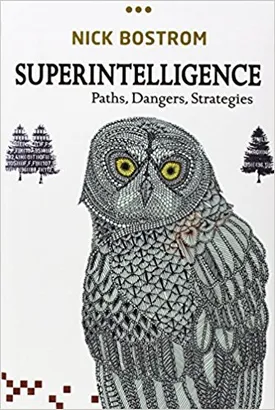Superintelligence: Paths, Dangers, Strategies by Nick Bostrom
The book “Superintelligence: Paths, Dangers, Strategies” by Nick Bostrom explores the potential risks of artificial intelligence and other superintelligent technologies. In this book, Nick Bostrom provides a comprehensive look at the implications of superintelligence, from its potential rewards to the potential dangers it poses. He also examines the different paths for developing and using superintelligence, as well as strategies for controlling its use.
The book starts out by defining superintelligence, outlining the potential capabilities and benefits that superintelligence could offer. It then goes on to look at the potential risks posed by superintelligence and argues that these risks warrant urgent consideration. Bostrom examines the various paths of development that could lead to the creation of superintelligent technology, and he outlines the various strategies that could be used to ensure that superintelligence is developed safely and responsibly.
One of the key themes Bostrom presents in the book is the potential of superintelligence to confer tremendous power to whoever controls it. He argues that it is essential for society to guard against this possibility by putting in place appropriate safety measures and regulations. He also emphasizes the need to develop a coherent strategy for managing the development of superintelligence, one that balances the interests of the citizens of a society, the interests of its government, and the long-term interests of humanity as a whole.
In addition to addressing the risks posed by superintelligence, Bostrom also examines the potential to use superintelligence technology for good. He looks at the possibilities of using superintelligence to solve global problems such as pandemics, climate change, and economic inequality. He outlines the strategies that could be used to ensure that these benefits are realized, as well as strategies for controlling the dissemination of superintelligence technology. In doing so, he provides readers with a well-rounded picture of the potential use of superintelligence technology.
Overall, “Superintelligence: Paths, Dangers, Strategies” provides a comprehensive overview of the potential of superintelligence and its implications on society. By focusing on the potential benefits, risks, and strategies for safely developing and using superintelligent technology, Bostrom provides readers with a thorough understanding of what to expect from a world with superintelligence. He emphasizes the need for caution and calls for the development of strategies that ensure that everyone’s interests are taken into account. By doing so, Bostrom effectively demonstrates the need for proper governance of superintelligent technology and the potential rewards that could be realized if it is managed responsibly.

